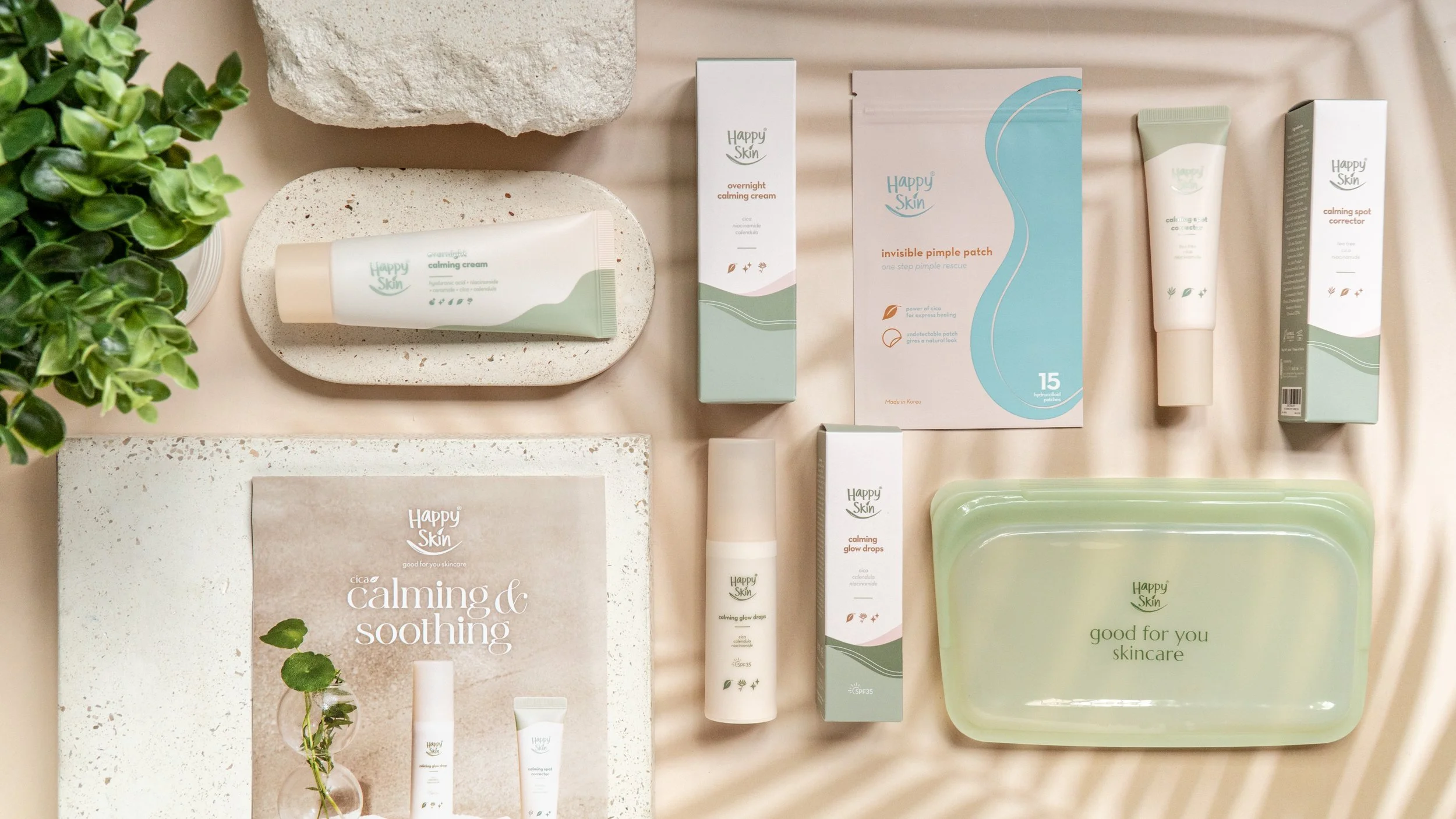Filipino vs. International Beauty Brands: Are We Better Yet?
In the competitive landscape of beauty products, where each brand jostles for a spot in our skincare routines and makeup arsenals, I couldn’t help but wonder: how do Filipino beauty brands stack up against the international behemoths?
Filipino beauty companies have made huge strides in recent years with the rise of e-commerce-first brands like Issy, GRWM Cosmetics, and Colourette, which brands like Happy Skin, blk, Sunnies, Ellana Minerals, Human Nature, and the OG Ever Bilena has paved the way for previously. It’s become more common now to have local products in our routine than ever before, and it’s all thanks to the global-facing, exceptionally creative brand founders we’ve raised right here at home. And of course, our incredibly high internet penetration and the rise of content creators.
Our products are affordable and made of good quality, plus they’re made with Filipino weather and lifestyles in mind.
Shared Production Lines
Globalization has ushered in an era where Filipino beauty brands often share the same production lines, formulators, and even packaging designers with international counterparts. Many Filipino beauty brands are manufactured in Taiwan, China, South Korea, and Japan to name a few hubs. Theoretically, this should level the playing field; Filipino brands should be able to make anything as good as or even better than international beauty brands.
But here’s the catch, in my opinion: the quality of our products are limited by how much we can price them in the Philippines.
The Inconvenient Reality
The Philippine economy is still struggling, ranking at 36th, and lagging behind our South East Asian counterparts at that. According to Asian Development Bank, 18.1% of our population live below the National Poverty Line in 2021’s data. Until now, beauty products under the FMCG category dominate the market. The Philippine Star notes from GlobalData that Per Capita Expenditure (PCE) on skincare in the Philippines is $9.2 or roughly PHP522. This is lower than the global average of $9.8 due to lower spending power.
What this means is that most Filipinos have only a limited budget to spend on cosmetic and skincare products. If a brand wants to sustain their growth, they need to price according to what a bigger size of consumers are willing to bear. This is something that even OG Filipino brands like VMV Hypoallergenics have realized, with their growth stifled by a compact economic canvas that doesn't permit the luxury of high pricing strategies.
The Masa Pricing Strategy: A Double-Edged Sword
Yes we love affordable products that deliver, but low prices mean that the production cost is also lower, which means that materials and machinery used are of lower quality as well. Luxury products are expensive for many reasons - marketing is a big one - but it’s also because they use more premium materials for their formulations and packaging. For example, Shiseido is firmly in the luxury category but there’s also Integrate by Shiseido, which has lower yet passable quality but more affordable items.
A glance at the top Filipino beauty brands quickly reveals an absence of luxury entities. Brands that dared to venture into higher price brackets inevitably retreated into more affordable pricing, acknowledging the restrictive boundary of sustainable growth in the Philippines.
Quality Quandary: A Hard Pill to Swallow
For me, Filipino beauty products can be competitive in the drugstore beauty category globally, but not beyond that for now.
This is not to say that Filipino brands haven't mastered certain niches. For me, when it comes to lip formulas and blushes, some local offerings are comparable or even better than international brands. Yet, this victory is confined within a specific parameter, unable to challenge the broader spectrum of luxury brands.
So where does this leave us in the Filipino versus international brands debate?
The reality is stark: while Filipino brands have made significant strides, reaching great heights in certain categories, they remain, for the most part, in the shadows of international powerhouses when the lens is broadened to encompass luxury and masstige tiers. This is because we aren’t able to invest in research and new technologies. We’re able to use what’s available from manufacturers all over the world, but then that just means that everyone else can do so too.
But I’m hopeful. I know we will keep on doing better and challenging what’s possible!


